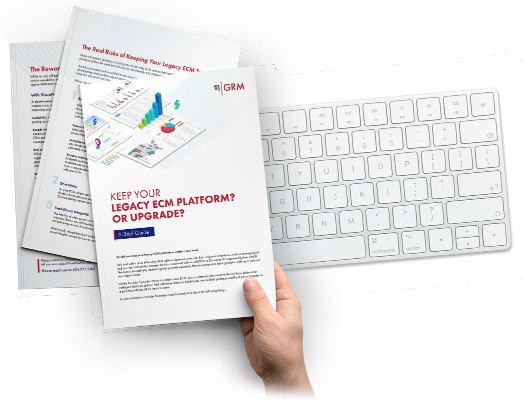HOW TO PROTECT YOUR DATA FOR LESS
On the surface, it may seem cost-effective for an organization to handle its own data protection, including tape and med...
Company > White Papers

You can reach out to us by phone at 888.907.9687, or fill out the form below